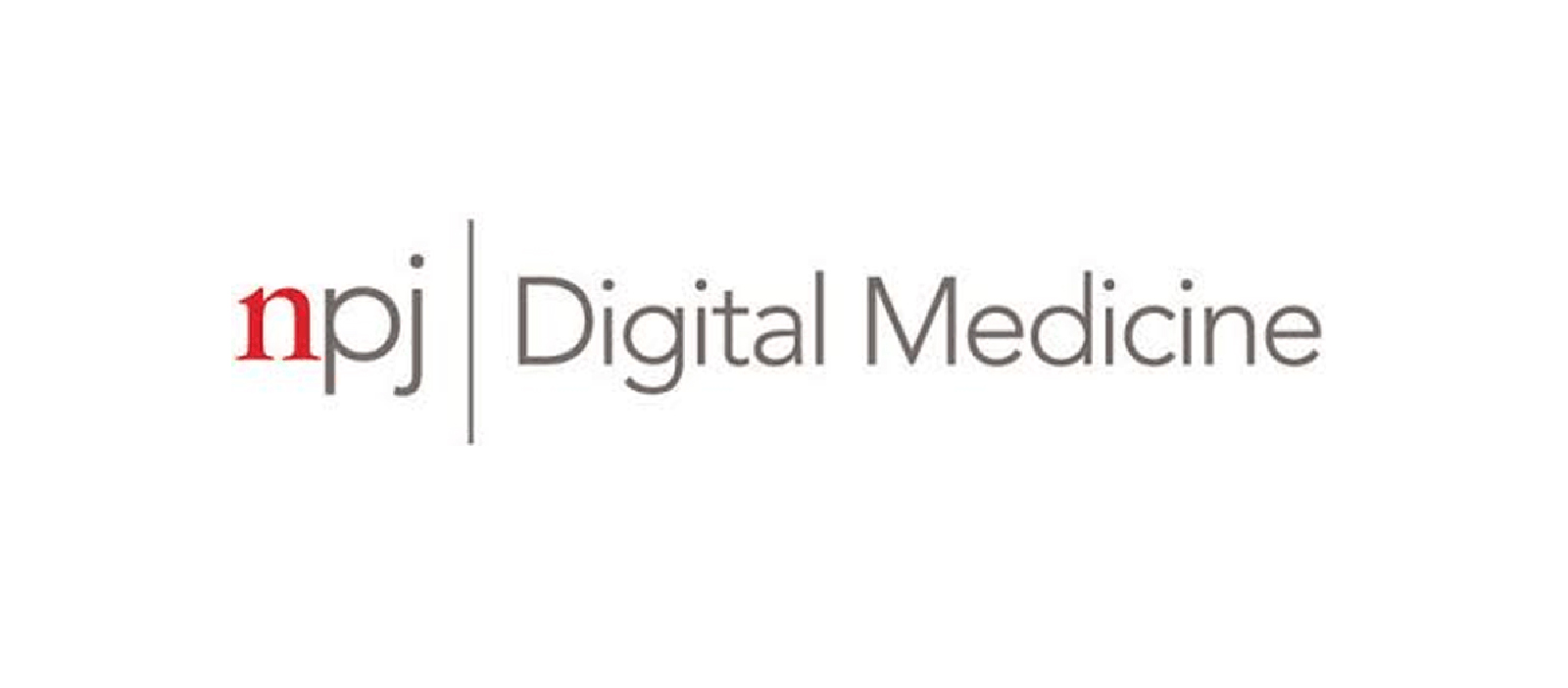Evan D. Muse et al., –
Abstract
We developed a smartphone application, MyGeneRank, to conduct a prospective observational cohort study (NCT03277365) involving the automated generation, communication, and electronic capture of response to a polygenic risk score (PRS) for coronary artery disease (CAD). Adults with a smartphone and an existing 23andMe genetic profiling self-referred to the study. We evaluated self-reported actions taken in response to personal CAD PRS information, with special interest in the initiation of lipid-lowering therapy. 19% (721/3,800) of participants provided complete responses for baseline and follow-up use of lipid-lowering therapy. 20% (n = 19/95) of high CAD PRS vs 7.9% (n = 8/101) of low CAD PRS participants initiated lipid-lowering therapy at follow-up (p-value = 0.002). Both the initiation of statin and non-statin lipid-lowering therapy was associated with degree of CAD PRS: 15.2% (n = 14/92) vs 6.0% (n = 6/100) for statins (p-value = 0.018) and 6.8% (n = 8/118) vs 1.6% (n = 2/123) for non-statins (p-value = 0.022) in high vs low CAD PRS, respectively. High CAD PRS was also associated with earlier initiation of lipid lowering therapy (average age of 52 vs 65 years in high vs low CAD PRS respectively, p-value = 0.007). Overall, degree of CAD PRS was associated with use of any lipid-lowering therapy at follow-up: 42.4% (n = 56/132) vs 28.5% (n = 37/130) (p-value = 0.009). We find that digital communication of personal CAD PRS information is associated with increased and earlier lipid-lowering initiation in individuals of high CAD PRS. Loss to follow-up is the primary limitation of this study. Alternative communication routes, and long-term studies with EHR-based outcomes are needed to understand the generalizability and durability of this finding.
Read the full article in npj Digital Medicine.





